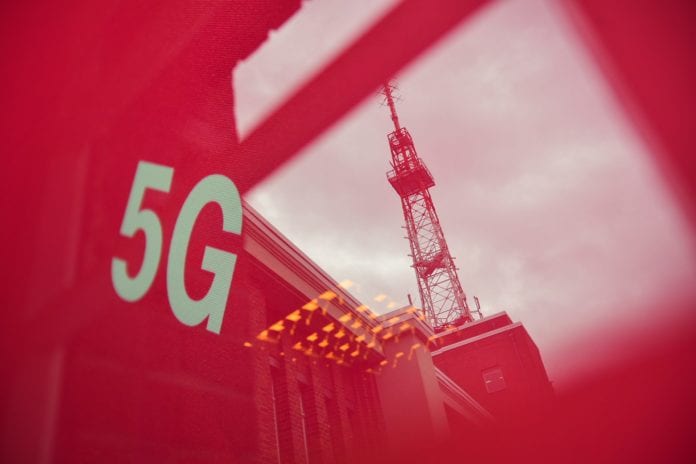Deutsche Telekom said it expected 99% of households in Germany will access the carrier’s 5G network by 2025
German carrier Deutsche Telekom said it has expanded its mobile services at 1,104 locations nationwide in the past five weeks, while it added 5G capacity at 72 locations.
In a release, the European carrier also noted that it has built 285 new LTE locations, while additional LTE capacity wwa provided at 747 locations across Germany.
Deutsche Telekom also said that it is currently using 3.6 GHz frequencies for the provision of 5G services in more than 2,000 locations across Germany. Some of the cities where the telco offers 5G via 3.6 GHz spectrum are Aachen, Augsburg, Berlin, Bonn, Braunschweig, Bremen, Darmstadt, Dortmund, Duisburg, Düsseldorf, Essen, Frankfurt/Main, Hamburg, Hanover, Jena, Kiel, Cologne, Leipzig, Ludwigsburg, Munich, Nuremberg, Saarbrücken, Schwerin, Stuttgart, Wiesbaden and Wolfsburg.
Deutsche Telekom highlighted that 92% of households can already access the carrier’s 5G network, while LTE coverage reaches 99% of the German population.
Walter Goldenits, managing director of technology at Telekom Deutschland, said: “We’re pushing the pace of mobile communications expansion. Currently, more than 100,000 antennas are transmitting at more than 34,000 locations in the Telekom network. More than 1,500 new locations are added every year, especially in the area of the motorways and railway lines.”
Goldenits said that 99% of households in Germany will have access to the telco’s 5G network by 2025.
In June, Deutsche Telekom announced it was for the first time using spectrum in the 700 MHz range to provide 5G service. The European operator said that the use of the 700 MHz band improve mobile communications coverage in rural areas across Germany.
The telco added that more than 3,000 antennas in about 1,100 locations are transmitting 5G via 700 MHz frequencies.
Deutsche Telekom noted that the new frequencies have the potential to provide better indoor coverage, because the lower frequencies can penetrate buildings and walls better.
With this new addition, the telco is now offering 5G services via three different frequencies. In addition to the 700 MHz frequency, there are two other radio bands: 2.1 GHz and 3.6 GHz.
The telco kicked off the rollout of its 5G network in a limited number of cities across Germany at the beginning of July 2019.
In July, Deutsche Telekom announced the sale of 51% of GD Towers comprising its tower assets in Germany and Austria, to Digital Bridge and Brookfield for 17.5 billion euros (currently $17.52 billion).
Deutsche Telekom also said it has the right to regain control and reconsolidate GD Towers in the future.
Under the terms of the deal, Telekom Deutschland and Magenta Austria will continue to have unconstrained access to the passive mobile infrastructure of GD Towers via favorable long-term lease agreements. The operators will also access to strategically critical ”golden sites” as well as preferential access to free site capacity for future network upgrades. Both Telekom Deutschland and Magenta Austria have secured reciprocal contractual commitments from GD Towers for around 5,400 new sites through 2026 and prioritized capacity for radio access network modernization through 2028.
The transaction, which is subject to usual regulatory approvals, is expected to be completed by the end of the year.
The sale of this stake in GD Towers will reduce Deutsche Telekom’s financial leverage by 10.7 billion euros and net debt including leases by 6.5 billion euros.
The German telco said this new scenario will enable the group to accelerate the path towards its targeted 50.1% share capital interest in T-Mobile US.

